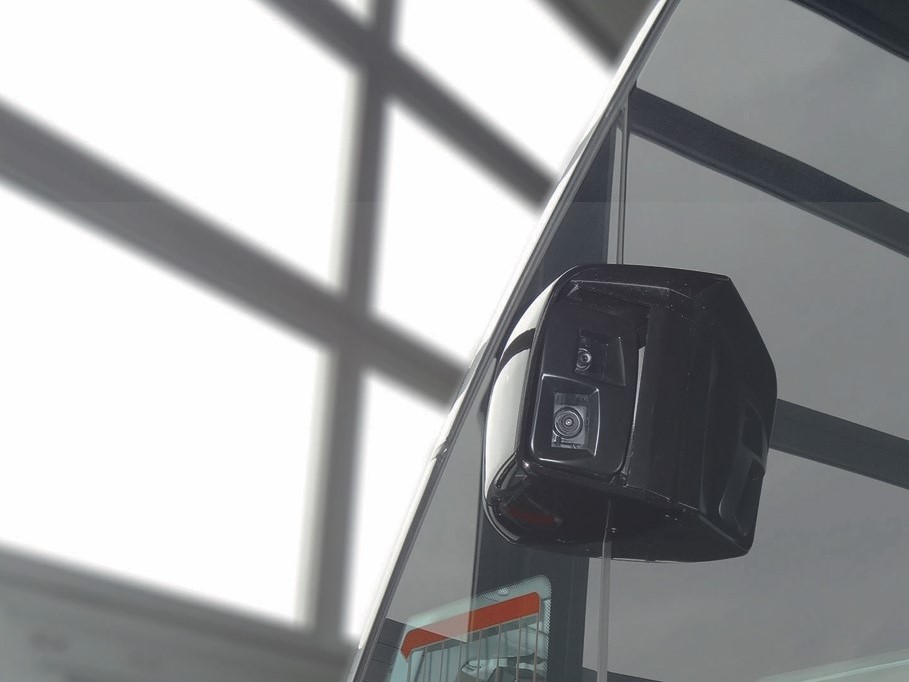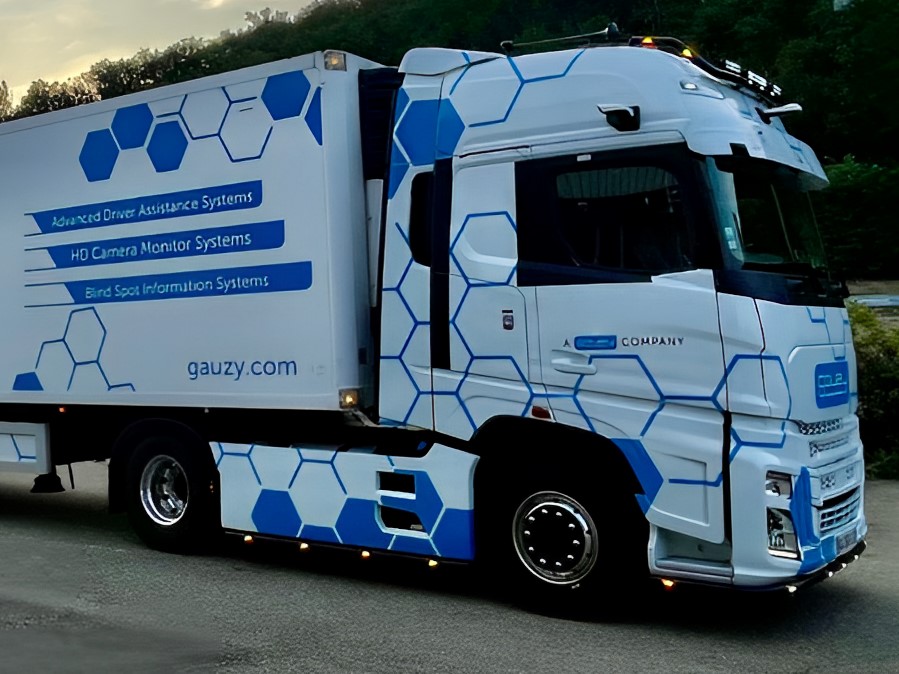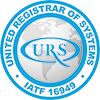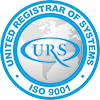Take to the skies with us to explore the use of smart glass and shading solutions in commercial and business aviation. We’ll delve into the immersive experiences offered by smart glass windows in aircraft cabins, revealing how personalized lighting and shading control elevate the passenger flight experience. We’ll also uncover how smart glass enhances commercial and business aviation efficiency and passenger well-being, reshaping the future of air travel.
Recent Innovations in Aircraft Window Technology
With the use of smart glass, passengers can have personalized control over the lighting and shading within their own seating areas. They can adjust the tint of their windows using touch controls, regulate the amount of natural light they receive or block out glare during specific parts of the flight. It’s even possible for window tint to adjust automatically based on outside lighting conditions. This customized approach means that passengers can create their preferred ambiance for rest, entertainment or work, optimizing their comfort and well-being throughout their flight.
Smart Dimmable Aircraft Windows: Improving Visual and Thermal Comfort
In addition to providing infinite variable shading and instant response time to enhance passenger comfort, SPD dimmable windows also block more than 99.9% of UV light, even in transparent mode. They are ultra-thin, with no moving parts, reducing maintenance and downtime compared to shades. Other benefits for the business or leisure air traveler include the following:
- Variable shading from clear to dark to control daylight, glare and heat while preserving views
- Silent operation for a peaceful atmosphere and instant switching response
- Automatic dimming to the darkest setting when parked, heat rejection and UV blockage, for cooler interior and reduction of air conditioning consumption
- Automatic, centralized or individual control through touch panel or personal device
- Integrated electronics for low maintenance
- Weight saving for greater fuel efficiency
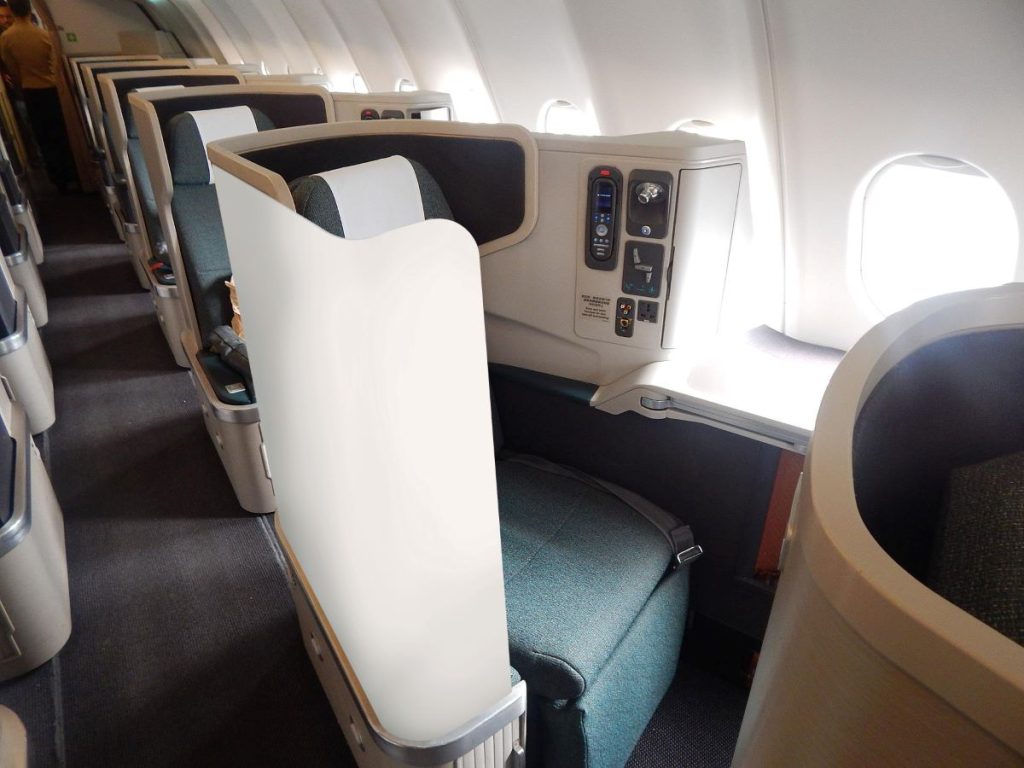
Enhancement of the Passenger Experience
One of the most prominent features that smart glass brings to aircraft cabins is the creation of immersive experiences for passengers. Read on to learn more about new technology that can make air travel a unique, pleasant experience rather than something to endure.
Smart Glass Display
Aircraft section dividers can easily be turned into a smart display with projection that shows messages, images and videos, providing real-time flight information and entertainment options, as well as safety instructions.
This technology can easily be controlled by the crew from a flight attendant panel. When not in use as a display, the divider can remain transparent or opaque, offering privacy between different class cabins. These features not only keep passengers informed and entertained, but also enhance the overall safety and efficiency of air travel.
Smart Glass Aircraft Seat Dividers
Smart glass seat dividers allow passengers to customize their own private space. Treated with a PDLC film, the panel fits along the armrest of the seat adjacent to the aisle. The glass instantly switches from transparent to opaque, providing the passenger with virtually total privacy.
Created with a combination of SPD (Suspended Particle Device) and PDLC technologies (Polymer Dispersed Liquid Crystal), blackout and privacy dimmable solution allows passengers to adjust their window and partition from transparent to opaque white or dark, to control daylight, glare and privacy. This exciting new technology enhances the customer experience by providing customizable solutions, allowing passengers to get the necessary sleep, watch a movie or work as desired.
Improvement of Energy Efficiency
Smart glass also contributes significantly to the commercial and business aviation industry’s efficiency and sustainability efforts. By dynamically adjusting the window tint to regulate cabin temperature, smart glass reduces the reliance on traditional window shades and helps to maintain a consistent, comfortable environment for passengers. This, in turn, reduces the workload on the aircraft’s climate control systems, leading to improved fuel efficiency and decreased carbon emissions. As airlines and aircraft manufacturers strive to minimize their environmental footprint, smart glass emerges as a key solution to achieve these goals while enhancing the passenger experience.
The Advantages of SPD over Electrochromic Technology
Gauzy’s Vision Systems solutions are possible thanks to advances in SPD technology, which differs from electrochromic one. Along with polymer dispersed liquid crystal (PDLC) and suspended particle devices (SPD), electrochromic is an “active” (as opposed to “passive’) type of smart glass because it responds to electrical current.
Electrochromic glass is produced by placing an electrochromic layer between glass and conducting layers. When an electric current is applied, the ions in the electrolyte layer are activated, causing the electrochromic layer to change state, from dark to transparent. Unlike other types of smart glass, electrochromic smart glass stays transparent unless electric power is used to switch it back to opaque. The transition from clear to dark is relatively slow, especially compared to SPD smart glass.
SPD, on the other hand, is primarily used for shading. It is controlled by the application of electrical voltage. The glass becomes opaque when the molecules are randomly aligned by blocking light, and transparent when the same molecules are aligned, letting the light pass. SPD offers several advantages over electrochromic technology:
- Instant switching: PDLC and SPD solutions switch from transparent to opaque or dark in a matter of seconds and are a better choice for use in aircraft, as a quick switching time creates an optimal experience for passengers.
- No limited MOQ: For aircraft manufacturers, SPD and PDLC smart glass, both of which are manufactured and distributed by Gauzy, are the perfect solution. Unlike electrochromic smart glass which often has a minimum order quantity of 5000 sq. ft. or more, Gauzy Vision Systems’ products do not require a minimum quantity, making it ideal for aeronautic projects.
- Better lead time: A typical lead time for Gauzy’s smart glass is 8-10 weeks. However, lead times for electrochromic smart glass can be anywhere from six months to a year. It is not uncommon to wait years before the option to even place an order becomes available.
Are you involved in the aircraft cabin design or manufacturing process and want to learn more about smart glass? Contact us to find out why Gauzy’s smart glass is the right choice for you.




